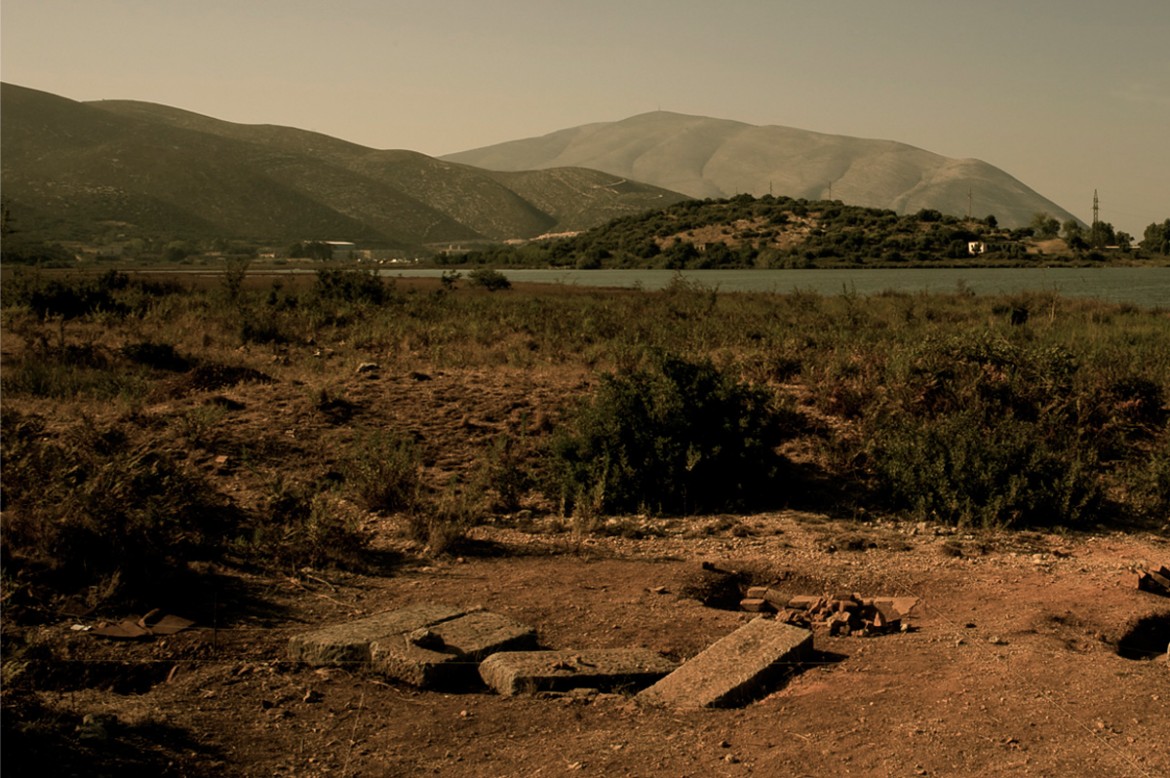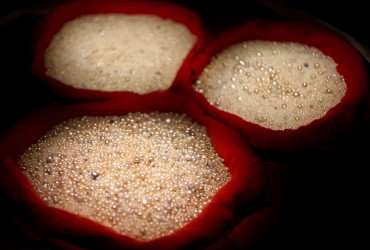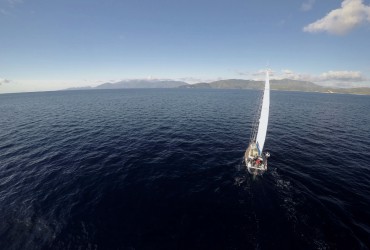Episode 1
The OCEAN71 Magazine team wants to thank particularly:
The Zabriskie Prod team (Philippe and Cyrille) for the videoshooting; the postproduction team led by Charles Henry; the archeologists of the University of Geneva, among them, Prof. Jean-Paul Descoeudres and Gionata Consagra (Classical archeology unit of the University of Geneva) and also the archeologists of the Albanian Institute of archeology, among them Dr. Saïmir Shpuza, for their patience and their valuable information; Dr Adrian Anastasi for his archeological advice; the Albanian workers of the archeological site; Luan and his good mood, whatever the situation; Agim Zoli for his welcome in Albania; Nick for his efficient driving in the country; the Laps team for their audio recording studio; Pierre Sudre for the video color balancing; Marc from Photo Denfert for his advices regarding the underwater photographic equipment; Eric Sauvage (his school) for his advices regarding the technical underwater imagery; Franklin Riboud, Julia Moigneux and Sophie Pfyffer for their good mood, their interest in our project and the video images they shot “as carefully as possible”.
Nota : OCEAN71 Magazine would like to state that the few pottery remains that we found on the Albanian seafloor were shot, positioned with a GPS and all given to Dr Adrian Anastasi, archeologist and director of the Albanian underwater archeology department. We remind the readers that stealing archeological remains is a crime punishable by law.



